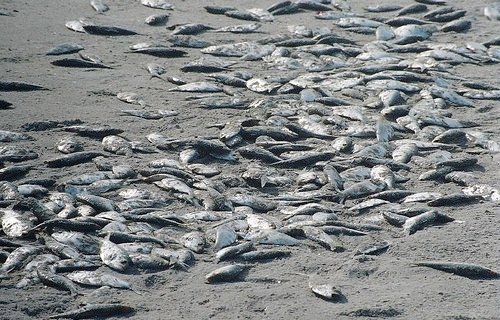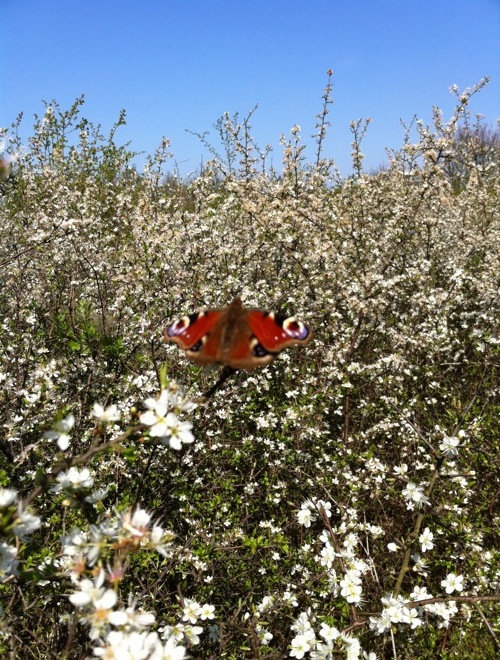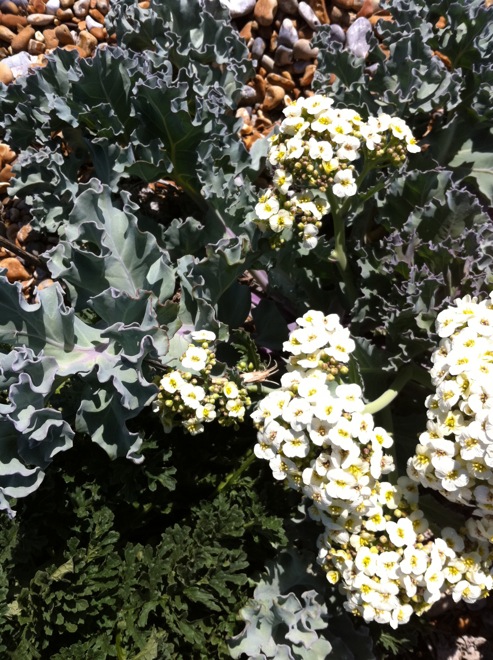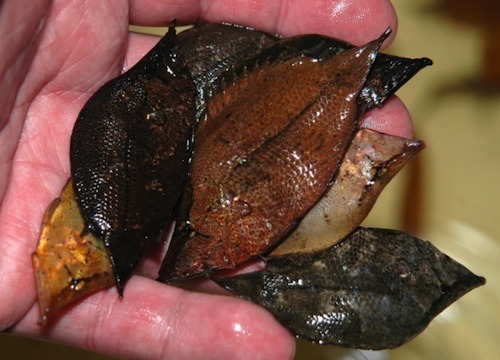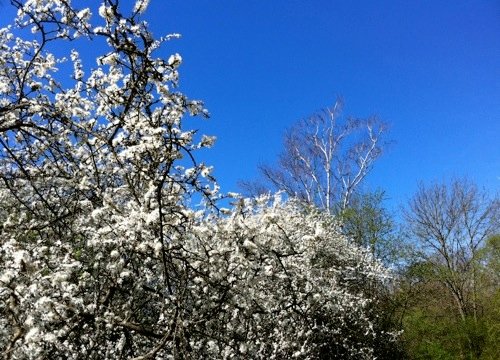I may try to find a way, later, of incorporating the stuff I’ve posted to Tumblr more closely into this site, but until then I think I’ll start with a weekly round-up. The idea is to post a summary of the previous week, but since I’ve got a backlog, I’ll start by ranging a bit more widely. So here’s a selection of stuff from the past month or two.

That’s a Persian priest, by the C16th Danish/German artist Melchior Lorck. In the 1550s he was part of a diplomatic mission to the court of Suleiman the Magnificent in Constantinople, and he was working on a book of woodcuts from his travels when he died in 1583. I stumbled across them when browsing through the British Museum collection. There are a lot more where that came from: just search for ‘Print made by Melchior Lorck‘. Apart from the historical interest, he has a real graphic designer’s eye.
Parrots have names. Or at least they have ‘signature calls that are used to recognise individuals’, and birds imitate the signatures of others to get their attention. And researchers have found that these names are given to the chicks by their mothers before they are old enough to call for themselves.
Of all the thousands of words I’ve read about the News of the World hacking scandal, I thought this Reuters article about the culture of the newsroom at the NotW under Rebekah Brooks was one of the most striking.
Some ceramics: a delftware wine bottle from C17th London; a Chinese wine-cup; another Chinese wine-cup, this one decorated with auspicious fruits; one of my favourites, a stoneware jug from C12th Korea. And I think this is gorgeous, a tin-glazed earthenware jug from Fez, ca. 1870:

A snail tongue; an amazing mineral; the head of a honey bee; some octopus tattoos; an extraordinary fish; a poisonous newt; a spotty squid [I think]; the newly-discovered world’s smallest orchid.
An icon of St George; a portable figure of Jagannatha (‘Lord of the World’); a guardian figure from Cameroon; a stamp; a watercolour of a stormy landscape by Penry Williams; a Chinese Francis Bacon; a C15th Swiss wild man and wild woman in stained glass.
